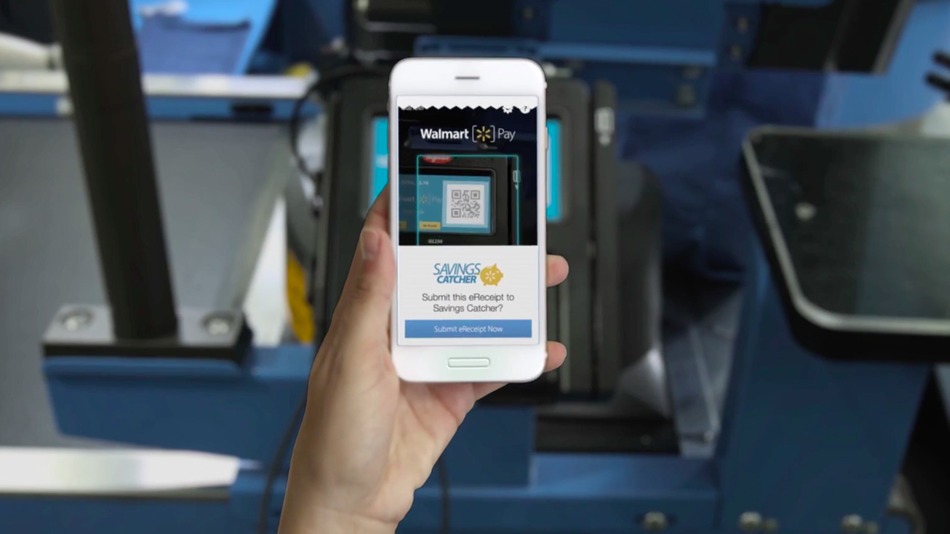Apple Pay has a new competitor, and it's just... terrible.
When Apple Pay was first unveiled, the world of mobile payments was barely in its infancy, with the Cupertino tech giant taking its first steps alongside a very small list of first adopters, including Google, who debuted Google Wallet in 2011.
Nowadays the plainfield is just as bare than it was four years ago, but competition is slowly mounting, with Samsung now getting a piece of the action with Samsung Pay, which, on higher-end Galaxy phones with fingerprint reader, somewhat mirrors Apple Pay’s functionality.
With that said, most may not remember that a short year after Google Wallet was announced, a consortium of retailers, named MCX, led by Walmart, was formed.
MCX included Target, RightAid and CVS, among a small list of partners who pulled common resources to create their own mobile payment method, called CurrentC.
CurrentC started with a mostly noble purpose at its core, which was to provide a mobile payment method to consumers, which wouldn’t involve credit cards, and would connect directly to customers bank accounts instead. The one attractive aspect of CurrentC was the exclusion of credit cards from the system, and the elimination of processing fees.
Unfortunately MCX didn’t have much of a grip on mobile technology, and neither did about user experience, as it put all its eggs into one basket, and counted on shoppers loyalty to boost the new service. Needless to say, the project went belly up before it even had a shot.
By the time Apple Pay was unleashed to the world, CurrentC was already buried by two massive competitor, the other being Google, and now Samsung is also pushing its own blend of mobile payment processing.
The final nail into MCX’s coffin

Walmart, as it turns out, has had about enough with CurrentC, and is now rolling out its own proprietary mobile payment system, in the form of “Walmart Pay”. The mobile payment system supports all major credit cards, as well as Walmart prepaid gift cards.
Walmart Pay works quite a bit differently than Apple Pay or Samsung Pay. At checkout, shoppers using Walmart Pay, will have to access an app, and activate the camera, which will scan a barcode at the register.
While any number of mobile payment methods is better than fumbling with credit cards, customers who own an iPhone 6 or 6S, as well as those who own Samsung phones, will likely look at Walmart Pay as something rather clunky, compared to what they already have built into their phones.
Just how bad is Walmart Pay?
For starters, getting a live smartphone camera involved in a payment processing transaction is just a terrible idea, as there are just about a million ways to exploit this functionality, including the very real potential for hacking checkout registers to display barcodes with very different information than what should be captured by a shopper’s phone.
In fact, hacking a physical register is a lot simpler than stealing a smartphone to make purchases with it. Over a thousand Target locations have familiarized themselves with this threat very well in 2013, after over 40 million credit cards were compromised.
By the same token, tampering with the software that controls the registers and the output of barcodes doesn’t appear to be any more complicated than to accomplish what was perpetrated on Target two years ago.
The really confusing part
It seems that mobile payment systems are becoming a next step in the evolution of store memberships and loyalty cards, designed to establish stronger relationships between the merchant and the consumer. This is also a very dangerous trend.
With that said, offering something like Apple Pay to customers, requires an understanding of security, which must take into account all possible scenarios.
Reading further into Walmart’s press release, one more tidbit of information threw us for yet another loop, as the last paragraph reads:
“The simplicity and ease of Walmart Pay comes not only from how it works, but also in how it’s been built,” said Daniel Eckert, senior vice president, services, Walmart U.S. “We made a strategic decision to design Walmart Pay to work with almost any smartphone and accept almost any payment type – even allowing for the integration of other mobile wallets in the future. The result is an innovation that will make the ease of mobile payments a reality for millions of Americans.”
What does “integration of other mobile wallets” mean exactly? That’s a great question, as we don’t see how Apple Pay, Google Wallet, or Samsung Pay could mesh with Walmart’s own “CurrentC rehash”, at least in its current, terrible form.